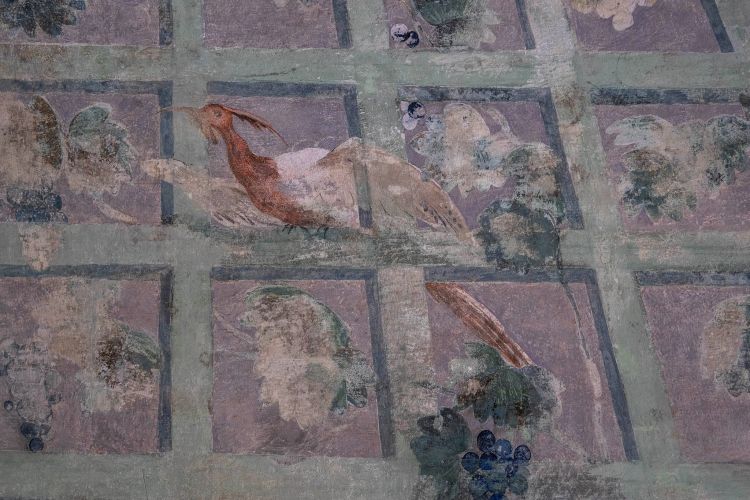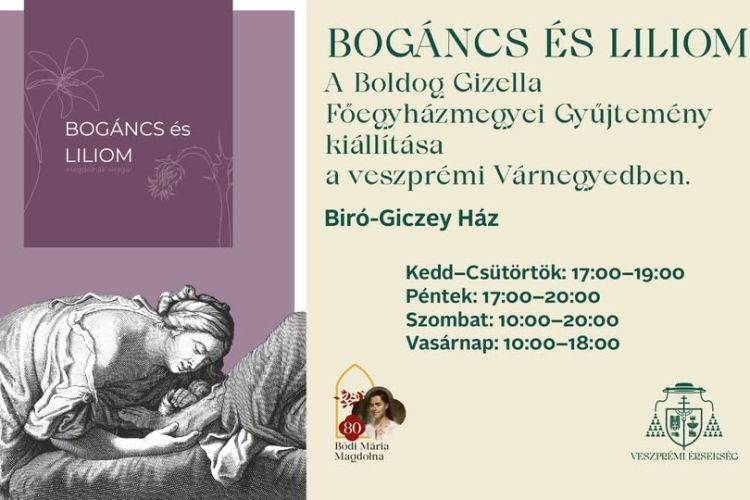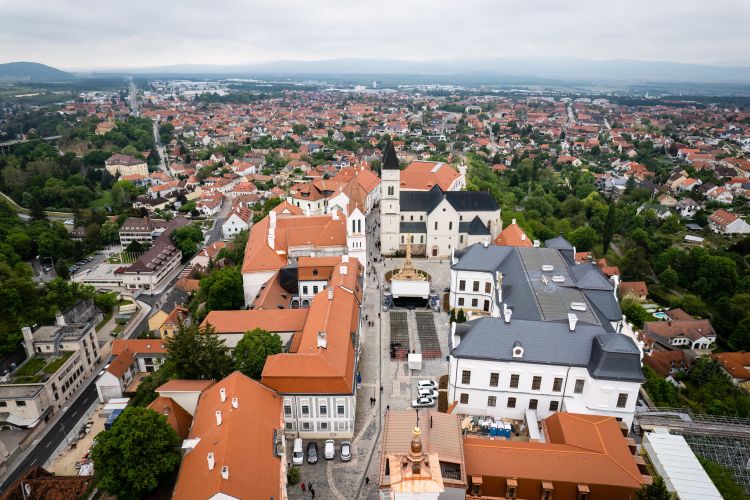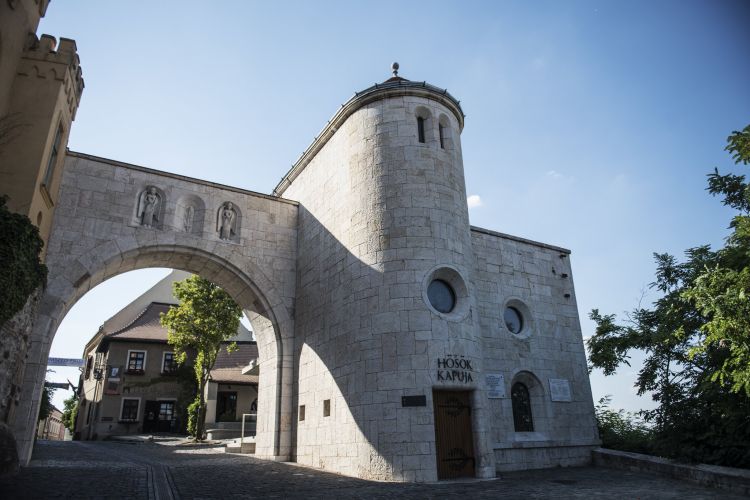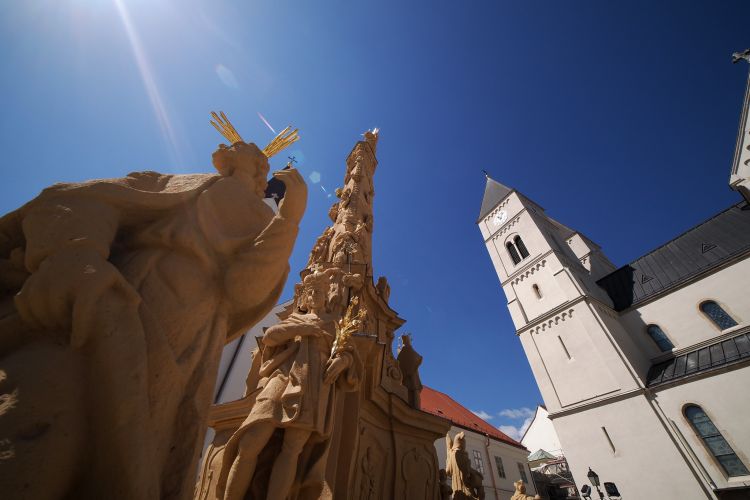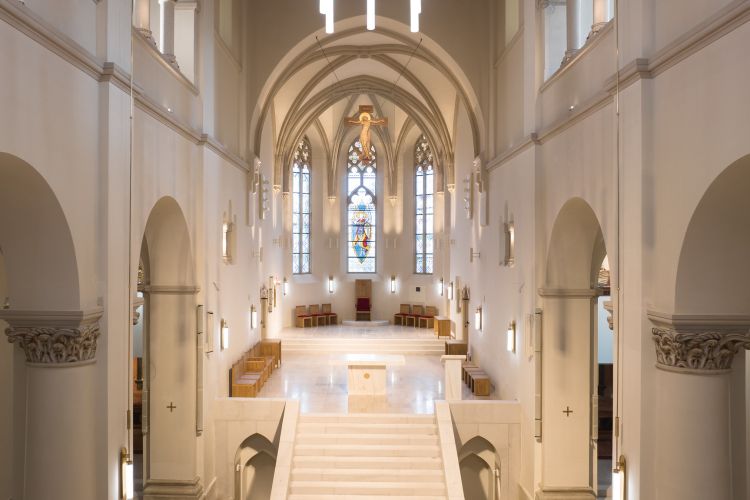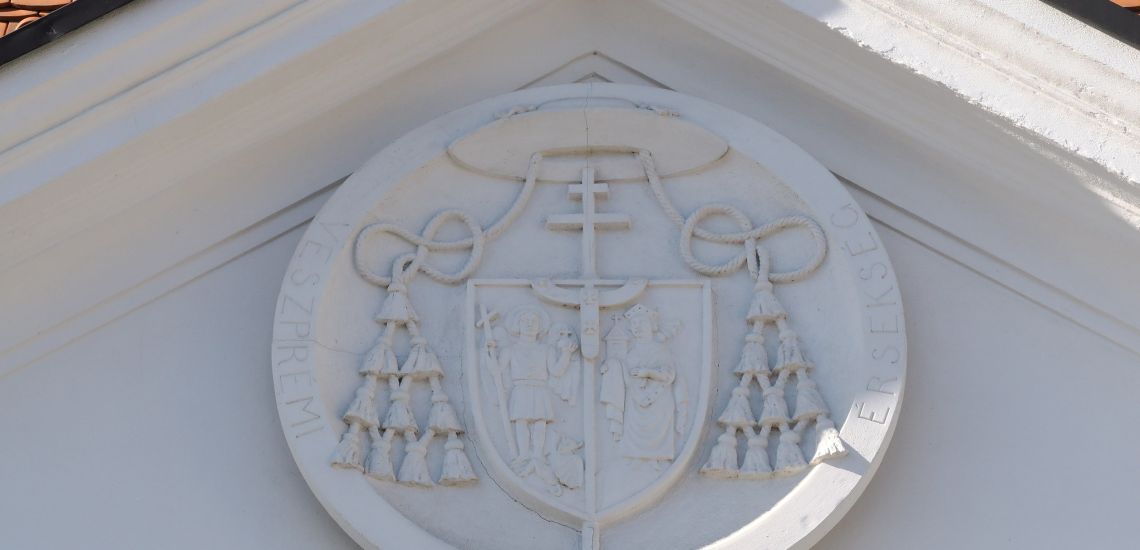
Inspired by the delicate bird-themed seccos of its Baroque rooms, the people of Veszprém used to refer to the place as the House of Birds. The name commemorates the builders of the house, Canon Márton Padányi Biró, the later Bishop of Veszprém, and Canon István Giczey. Renewed through an EU tender and opened in 2011, the centre is intended to provide information on the ecclesiastic interests of the area, while also attracting those who want to explore the house itself.
Visitors at the Biró-Giczey House can discover what it was like to live in the castle several hundreds of years ago and the thematic walks offer insights into the life of famous historical figures of the Church, together with the works of art, architecture and decorative solutions of the Baroque era.
For the time being, given that the renovation has not yet been completed, the house is only partially accessible.
The opening hours are available here.
Located between the Dubniczay House and the Szent István Church, opposite the Archbishop's Palace, the Biró-Giczey House was named after its builders. The ground floor part of the building was built by order of Bishop Márton Padányi Biró (1745–1762) in 1733, during his canonical service, based on plans by József Tietharth, a master builder of Veszprém. The northern wing of the building and the western wing that rests on the castle wall also date back to this period. When the Bishop decided to move, he donated the house to the seminary. Archaeological excavations have shown that the house was built on a number of lots – the Véghely and Roboz lots – that were previously the sites of two noble mansions, built in the mid-1600s.
The upper part, decorated with a tympanum and complete with a pediment wall, was built in two phases from 1772 by order of Custos István Giczey. During the construction, the Padányi building was largely demolished, and the foundation walls were used to expand the house to its present-day two-storey form. As evidenced by the keystone at the gate, the works most probably lasted until 1780. It is assumed that the floor additions were designed by one of Jakab Fellner's immediate colleagues. The wing and the small building in the backyard were developed in several phases until the beginning of the 19th century. When completed, it was considered the most beautiful building in the city.
In the street front section of the house named after its two builders, the lightly salient avant-corps is closed by a triangular gable. The circular archbishop’s coat of arms in the tympanum was made recently. The courtyard can be entered through a stone-framed gate with a basket arch. There is a cross-vaulted porch on the north side of the courtyard. The lower level of the house originally contained six rooms, a larger and a smaller kitchen, as well as a barn. This was later supplemented by the rooms upstairs – a bedroom, dining room, smaller living room and a library room. On the ceiling secco of what was once the canon's bedroom, four puttos represent the four sciences of theology, literature, astrology and geography. Depictions of gardens, landscapes and various mythological scenes were discovered on the walls of the former dining room.
After the fire of 1909, when the original mansard roof burned down, the house was given a new gable roof. Until 2005, the building was used by the Directorate of the Balaton Uplands National Park and the regional office of the Geological Survey of Hungary. In 2011, as part of complex restoration works, the old tile stoves, the Baroque doors and the staircase were also renovated. In addition, the original stair railings, windows, doors and coverings were also restored and returned to their original place. After the works were completed, the Salesianum Archbishop Tourist Centre was opened in the building, which operated here until 2021. Subsequently, after another round of renovations, it reopened under the name of the Archiepiscopal Tourist Centre in May 2023.
Source: Archbishopric's Tourist Centre
The two-storey building, which also features a basement, includes rooms that are decorated from floor to ceiling with valuable seccos – a more widespread and cheaper wall-painting technique similar to fresco –, made by 18th-century Italian painters. Most of the seccos depict landscapes and parks, and the sky is represented on the ceilings. Several rooms feature bird-themed seccos as well, which prompted the local residents to refer to the building as the House of Birds for a long time.
Source: Archbishopric's Tourist Centre
